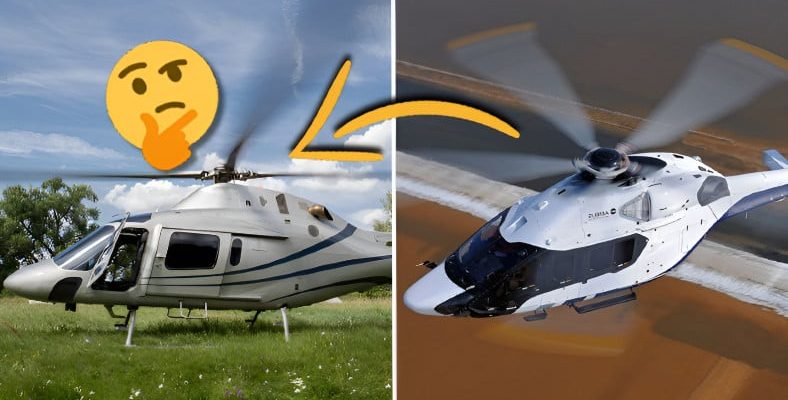Think of a helicopter sitting on the ground. Even if its wings are spinning rapidly, it can stay in the air without taking off, right? So how can wings rotating at the same speed both fly the helicopter and keep it stable on the ground?
Even if we have never ridden it, we are familiar with it from action movies. image of a helicopter with its wings rotating on the runway, has entered our minds. Well, have you ever thought about how it can stay airborne like this?
The answer to this confusing question is hidden in physics! After examining the helicopter wings we call “rotor wings” How helicopters can stay on the ground with wings rotating at the same speed as in the air Let’s find out.
First, let’s take a closer look at what rotor blades are.
Helicopter wings, or rotor blades, are long, narrow wings that rotate around a central pylon. These wings; of the helicopter Hover, maneuver and fly in the air It creates the buoyant force.
Rotor blades work similarly to airplane wings, but instead of moving horizontally through the air to create buoyancy They rotate vertically. This lift is produced due to the resulting pressure difference between the upper and lower surfaces of the wings as they move through the air. The rotor blades are connected to the rotor hub or pole, which is connected to the main engine shaft, allowing them to rotate as a single unit.
Let’s come to our real question: How can helicopters stay on the ground without flying while their wings are rotating?
helicopters, can stay on the ground while its wings spin at the same speed as when it took off because the lift force created by the rotor blades is balanced by the weight of the helicopter.
When the wings rotate at a constant speed while on the ground equal to the weight of the helicopter they produce a lift force but the helicopter remains stationary. Its buoyant force is inhibited by the force of gravity pulling it down.
When the helicopter takes off, the angle of inclination of the rotor blades increases.
When the pilot pulls the control stick, the angle of the rotor blades changes, increasing the lift produced by the blades. Increasing lift force, exceeding the weight of the helicopter It allows the helicopter to overcome gravity and take off from the ground.
In short, the lift force produced by the wings is is balanced by the weight of the helicopter It can stay on the ground by rotating its wings at a constant speed. It is the angle of inclination of the wings that allows the helicopter to control its ascent and descent.
The same goes for many propeller-driven aircraft. The rotation speed of the propeller is constant, but the angle of the blades changes. How much thrust will the engine produce? it is set this way and the thrust is allowed to reverse when necessary, such as during descent.
Our other content that may interest you:
RELATED NEWS
What is the reason why the F-22, called the “Death Machine”, cannot take off from aircraft carriers?
RELATED NEWS
Why Do Planes Sometimes Slow Down and Start Making This Movement at a Certain Point?
RELATED NEWS
Why Do Planes Wait for Minutes Before Takeoff Even If There Are No Other Planes on the Runway?
RELATED NEWS
